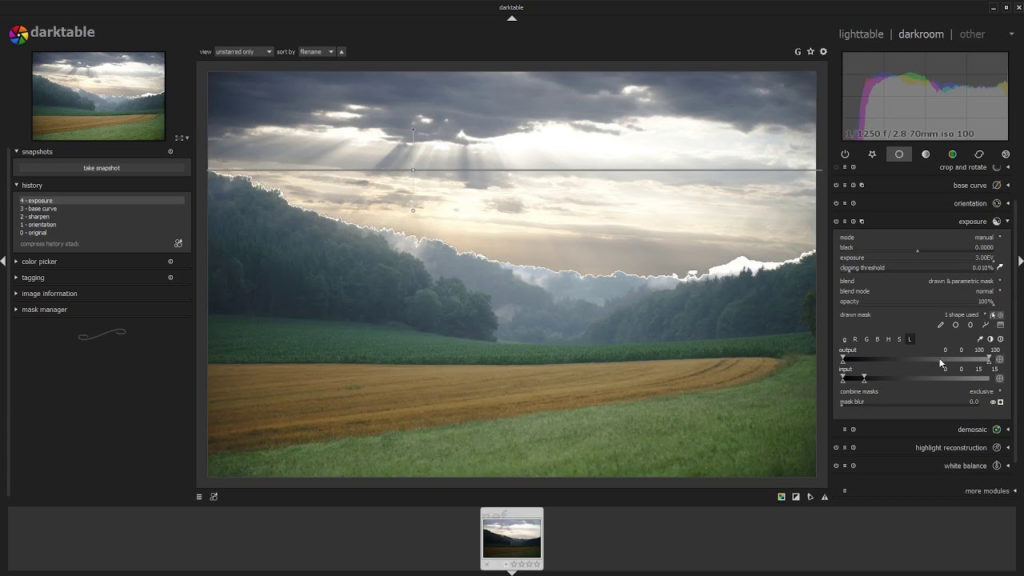

Lightroom 6 was the final version of Lightroom Classic that you could buy outright. Then shortly after, the Adobe Creative Cloud added Lightroom to its business model. Some photography software have better features, interfaces, and workflows that can suit you better than Lightroom.īefore Lightroom was subscription-based, you could buy a perpetual license: you own the Lightroom software outright. And these hard times will probably trickle several years into the future.Īnd it’s not just about the cost of Lightroom. In addition, many photographers are against monthly subscriptions, especially with many individuals and small businesses struggling financially during the pandemic. Or maybe you don’t use desktop photography often enough to justify the purchase. I get it, not everyone can afford photography software, and a free alternative to Lightroom is awesome. It has its upsides and downsides.You probably came to this guide looking for the best Lightroom alternative because you’re tired of paying for subscriptions, or you’re looking for a free substitute to save some cash. DT's tools tend to have more knobs to tweak, while LR sliders are more of a prepackaged effect: some sliders can do multiple things at once, and you don't get full control over what happens. So, as others have said, DT is not a direct clone of LR, but you can generally achieve similar results. There isn't a lot of sliders, just a global one for strength of effect, then 3 that control the specific strength for shadows, midtones, and highlights. Here's a good video on the contrast equalizer: įor local contrast, play around with it a bit. There are many modules in DT that allow you to modify local contrast, but the two I'd recommend are the Contrast Equalizer and Local Contrast.

This info is mostly based on what I could glean from this: īased on that, it seems that both texture and clarity are tools that affect local contrast.


 0 kommentar(er)
0 kommentar(er)
